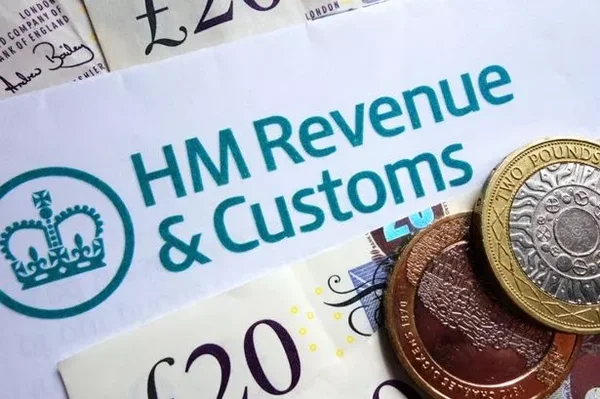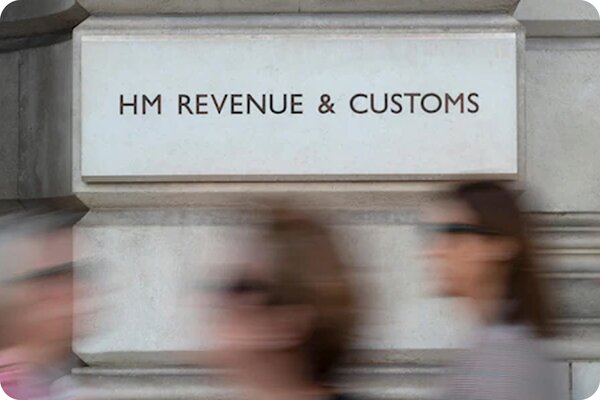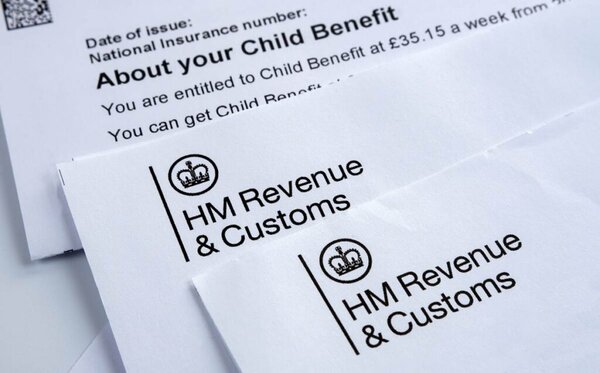
A growing number of small business owners are choosing to shut down early, fearing a planned rise in Capital Gains Tax (CGT) that could significantly impact their final returns. As the CGT rate for business asset disposal relief is expected to increase from 14% to 18% in 2025, many entrepreneurs are accelerating their exit plans to lock in the lower rate while it's still available.
This early wave of closures highlights a ripple effect across the UK's small business sector, where financial uncertainty and tax policy changes are forcing difficult decisions. The planned CGT increase, part of a broader government effort to align the tax system and raise revenue, has sparked anxiety among business owners, accountants, and industry bodies alike. Concerns are rising that the tax hike could deter investment, discourage entrepreneurship, and penalise long-term business builders at the point of retirement or exit.
The Catalyst: Rising Capital Gains Tax in 2025
At the heart of the issue is the government's proposed rise in Capital Gains Tax from 14% to 18%, scheduled to take effect in April 2025.
This rate applies specifically to Business Asset Disposal Relief (previously Entrepreneurs’ Relief), which allows qualifying business owners to pay a reduced rate of CGT when selling all or part of their business.
The change is being introduced to generate additional tax revenue and to address perceived inequalities in the tax system. However, critics argue that the increase could have unintended consequences, including discouraging entrepreneurship and disincentivising growth.
Business owners planning to exit in the near future now face the dilemma of either closing early to benefit from the current rate or risking a higher tax bill by waiting.
A Surge in Early Exits
According to industry reports, the number of business wind-ups has climbed noticeably in recent months, directly linked to the upcoming CGT hike. Accountants and financial advisors have seen a spike in clients seeking advice on how to close their businesses efficiently before the April 2025 deadline.
Many are opting to sell or dissolve their businesses ahead of time, even if the timing isn’t ideal. For some, the savings from the lower tax rate outweigh potential gains from continued trading. “Business owners are telling us they’d rather shut now and keep more of their profits than risk paying more tax next year,” said one senior advisor.
The Impact on Small Enterprises
Small businesses, especially sole traders and family-run firms, are among those most affected. Unlike larger corporations with more diverse revenue streams and tax planning resources, these businesses often rely on the eventual sale of the business as a retirement fund. A 4% increase in CGT could represent tens of thousands of pounds lost.
This financial pressure is especially pronounced in sectors like retail, construction, and consultancy, where goodwill and client relationships are major assets. Owners fear that waiting could not only expose them to higher tax but also diminish the value of their business if market conditions change.

Accountant and Industry Response
Accounting firms across the UK have reported a sharp rise in enquiries regarding CGT planning and exit strategies. Professional bodies such as the Institute of Chartered Accountants in England and Wales (ICAEW) have called for a more nuanced approach, arguing that blanket increases risk undermining business confidence.
Some tax experts warn that a rush of early exits could distort the business landscape, reducing the number of established small firms and weakening local economies. “This isn’t just a tax issue,” said one industry expert. “It’s about long-term economic stability and trust in the system.”
Government Justification and Policy Goals
The Treasury maintains that the proposed CGT increase is part of a fairer tax agenda. Officials argue that aligning CGT more closely with income tax will ensure wealthier individuals contribute a proportionate share. Business Asset Disposal Relief has already undergone reforms in recent years, including a lifetime allowance cut from £10 million to £1 million in 2020.
Despite mounting criticism, the government shows no signs of backtracking. A spokesperson for HM Treasury said: “These changes are designed to create a balanced and sustainable tax system, while still supporting entrepreneurs.”
Long-Term Implications for UK Business Landscape
If the current trend continues, the UK could face a sharp drop in small business numbers by mid-2025. This could have knock-on effects for employment, local supply chains, and community resilience. It also raises questions about the effectiveness of tax policy in supporting long-term growth and innovation.
Entrepreneurs who might have otherwise reinvested or scaled their businesses could now be discouraged. There’s growing concern that such tax reforms, if not balanced with adequate support, may erode the very enterprise culture they seek to regulate.

Fun Fact
Did you know that Entrepreneurs’ Relief, now called Business Asset Disposal Relief, was originally introduced in 2008 to encourage risk-taking and reward long-term business building?
In its first decade, it cost the Treasury over £22 billion in forgone tax revenue, a figure that continues to spark debate among policymakers and economists about the cost-benefit of such reliefs.
Conclusion
The looming rise in Capital Gains Tax has sparked an exodus of small business owners, eager to protect their hard-earned equity before the rate increases. While the government’s rationale is grounded in tax fairness and revenue generation, the reaction among entrepreneurs and financial professionals has been one of concern and caution.
If the wave of early closures continues, it could reshape the UK’s small business sector and send a message about the fragility of policy trust. As April 2025 approaches, the effectiveness and impact of this tax policy will be closely watched, not just for its fiscal results, but for the broader lessons it offers about balancing government revenue with entrepreneurial incentive.
Frequently Asked Questions
Why is the CGT rate increasing in 2025?
The government aims to align CGT more closely with income tax rates and raise additional revenue. The increase affects those claiming Business Asset Disposal Relief.
Who is most affected by the CGT increase?
Small business owners, especially those planning to retire or exit soon, are most affected as the higher tax reduces their final take-home profit.
What is Business Asset Disposal Relief?
Formerly Entrepreneurs’ Relief, this scheme allows business owners to pay a reduced CGT rate when selling their business, currently at 14%.
Can I still qualify for the 14% CGT rate?
Yes, if you sell or close your business before April 2025 and meet all eligibility criteria for Business Asset Disposal Relief.
What should business owners do now?
It’s wise to consult a qualified accountant or tax advisor to discuss your options, assess timing, and ensure any exit strategy is tax-efficient.











